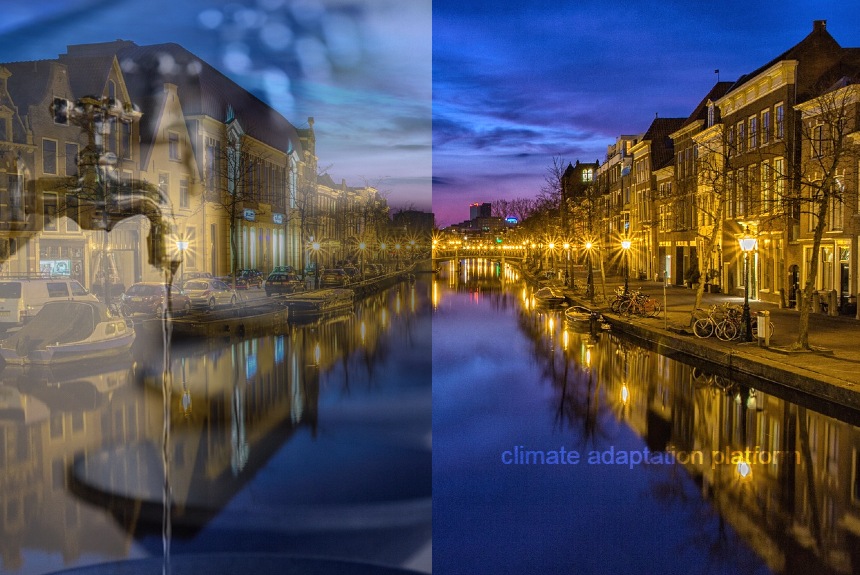Climate change is predicted to bring more intense droughts and drier days, which will impact water supply, especially in high-growth regions with rapid industry and population growth.
A research article by Bauer and others focuses on the high water usage in Industrial Parks in China and how housing developments are appearing around the edges of these Industrial parks, creating ‘edge cities.’
Industries use enormous amounts of water and produce the same amount of wastewater. The additional residential developments would increase water demand, and ensuring water availability would be essential to meet these growing demands.
In China, urbanisation increased from 41.8 per cent in 2004 to 53.7 per cent in 2014, with a growth rate of 1.2 per cent yearly. This raised water use from 333 billion tons to 618 billion tons.
Several concepts of water reuse and water management emerged to create a sustainable water supply.
One of these concepts is the “SEMIZENTRAL” approach, which is a “semi-centralized supply and treatment system for fast-growing urban areas” with a focus on re-use that is “fit-for-purpose”.
The SEMIZENTRAL approach is a joint project between Germany and China that aims to address the challenges of water supply and disposal in fast-growing megacities due to limited water resources.
It combines water supply, wastewater treatment, and waste treatment into a single, holistic, and integrated approach, contrasting with conventional systems that strictly separate each function.
Integrating the functions of water supply and wastewater treatment will reduce water demands by 30-40 per cent and energy consumption, thereby reducing greenhouse gas emissions. Additionally, biogas can be harvested from wastewater treatment facilities, providing a source of low-carbon fuels.
The industries or production plants included in the study are grouped according to their primary waste components, such as carbon, nitrogen, phosphorus, and other waste streams, which determine their type of treatment.
Water from these factories would be used “fit-for-purpose” for purposes such as toilet flushing, street cleaning, irrigation of city parks, and roadside vegetation.
This approach would benefit countries with rapid urban and industrial growth, like China, where there is a high level of water stress and water scarcity due to the uneven distribution of natural water resources and intense pollution.
Another advantage of this approach is that it will allow grey infrastructure’s wastewater treatment and green infrastructures to complement each other. Treated wastewater will be used to water vegetation and plants around urban areas, while these green infrastructures will provide benefits such as natural cooling, a canopy, and the absorption of runoff or excess water in case of flooding, as well as support ecosystems.
The study also highlights that the energy required for treating water for reuse is more efficient than the energy needed to produce raw water from natural resources, making treated wastewater a highly attractive water source.
However, this does not include industries with existing wastewater treatments for reuse applications in plants or in existing urban structures, as these would incur additional costs for extra pipelines, but only for “greenfield developments” or land that has not been used before for various types of projects.
This is one climate adaptation strategy that countries with cities experiencing rapid urbanisation should consider undertaking. Of course, it is still wise to integrate this and other climate adaptation strategies into the town or city’s overall infrastructure management plans.
Access the entire study by clicking on the link below:
Source:
Bauer, S., Linke, H.J. & Wagne, M. (2020, January 27). Combining industrial and urban water-reuse concepts for increasing the water resources in water-scarce regions. Retrieved from https://onlinelibrary.wiley.com/doi/epdf/10.1002/wer.1298
SEMIZENTRAL concept. (2020). SEMIZENTRAL Germany. Retrieved from http://www.semizentral.de/en/concept/
Greenfield Development. (2020, January 26). Planning Tank. Retrieved from https://planningtank.com/urbanisation/greenfield-development



Leave a Reply